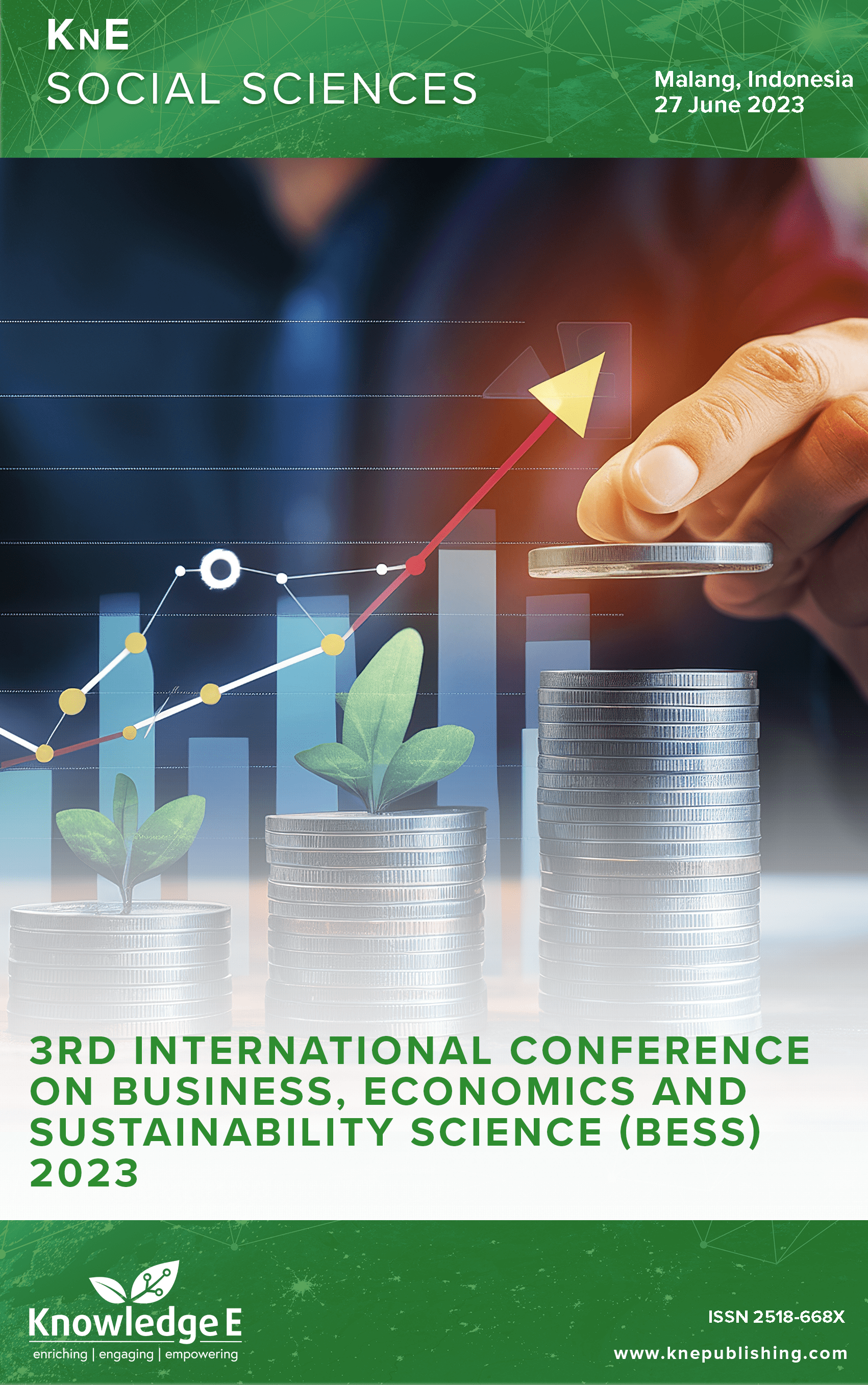Critical Issues Digital Natives and E-Market Consumption
DOI:
https://doi.org/10.18502/kss.v9i21.16768Abstract
The Javanese proverb “yen pasar ilang kumandange” describes real market conditions that have been disrupted by technology, such as the internet. In East Java, internet growth has developed rapidly, so that the number of internet users is increasing every year. The internet has become a basic need and cannot be separated from one’s everyday life. This is because the internet makes everything easy for its users, for instance, online shopping. Before the trend of online shopping, shopping activities were usually carried out in physical markets in the sense of conventional markets, between sellers and buyers making transactions offline, but since the advent of the internet, this culture has shifted to online shopping. This research was designed in an exploratory research scheme with an interpretative qualitative approach. Researchers explore information derived from experience, knowledge, understanding, and views using a type of qualitative research. The study uses a realist ethnographic inductive approach. Realist ethnography is an ethnographic approach that describes the situation and conditions of the culture of the informants. Moreover, two analytical methods were used – the Miles & Hubeman model data analysis method and the data analysis model method from Spradley. Based on the data obtained, five themes were found from the motives behind making purchases on the marketplace. These themes include the vast variety of goods that are sold online, effective and efficient use of time, more affordable prices, there is a review feature, and services provided by the marketplace. Besides, the purchase motives made by students can be classified into two – Utilitarian motives and Hedonism motives.
Keywords: digital natives, consumption product, existence marketplace
References
Adindarena VD, Djara VT, Mumun Surahman. Pengaruh Motif Pembelian Rasional dan Emosional Terhadap Keputusan Pembelian Skin Care pada Remaja Perempuan dan Perempuan Dewasa. Juremi. Jurnal Riset Ekonomi. 2022;2(2):167–72. DOI: https://doi.org/10.53625/juremi.v2i2.2710
Krisdianto D. Pengaruh Electronic Word Of Mouth, Online Consumer Review, dan Integrated Marketing Communication Di Media Sosial Terhadap Keputusan Pembelian, Jurnal. Jurusan Administrasi Bisnis, Fakultas Ilmu Administrasi. Universitas Islam Malang. 2020;9(1):35–42.
Botti S, Iyengar SS. Sisi gelap pilihan: ketika pilihan mengganggu kesejahteraan sosial. Jurnal Kebijakan Publik & Pemasaran. 2006;25(1):24–38.
Fandi, M., Arifin, R., & Hufron, M. (2019). Pengaruh Kepercayaan, Kemudahan, Kualitas Informasi dan Harga Terhadap Keputusan Pembelian Dalam E-Marketing di Bukalapak. com. Jurnal Ilmiah Riset Manajemen, 8(06).
Harahap DA. Perilaku belanja online di Indonesia: studi kasus. JRMSI-Jurnal Riset Manajemen Sains Indonesia. 2018;9(2):193–213. DOI: https://doi.org/10.21009/JRMSI.009.2.02
Maria Fernanda. (2019). ‘Pengaruh Promosi Penjualan, Daya Tarik Iklan Internet, Dan Kualitas Website Terhadap Pembelian Impulsif’, Jurnal Manajemen Bisnis Dan Kewirausahaan, 3.5,h. 7–12. https://doi.org/10.24912/jmbk.v3i5.6073. DOI: https://doi.org/10.24912/jmbk.v3i5.6073
Marco R, Ningrum BT. (2017).“Analisis Sistem Informasi E-MarketplacePada Usaha Kecil Menengah (UKM)Kerajinan Bambu Dusun Brajan”. JurnalIlmiah DASI, Vol. 18. No. 2. Hlm. 48-53.
McKinsey and Company. How COVID-19 is Changing Consumer Behavior Now and Forever. Jakarta: McKinsey and Company; 2020.
Pranatasari, F. D., & Kristia, K. (2021). Analisis Pengaruh Harga, Kemudahan Penggunaan, dan Ulasan Konsumen Daring Terhadap Keputusan Pembelian Pada Marketplace Shopee. INOBIS: Jurnal Inovasi Bisnis dan Manajemen Indonesia, 4(4), 548-557. DOI: https://doi.org/10.31842/jurnalinobis.v4i4.204
Nufus H, Handayani T. Strategi Promosi dengan Memanfaatkan Media Sosial TikTok dalam Meningkatkan Penjualan (Studi Kasus pada TN Official Store). Jurnal EMT KITA. 2022;6(1):21–34. DOI: https://doi.org/10.35870/emt.v6i1.483
Pattikawa, S. N., & Hasan, G. (2021). Pengaruh Kepercayaan Dan Minat Repurchase Terhadap Perilaku Konsumen Dalam Berbelanja Di E-Commerce Kota Batam. Technomedia Journal, 8(1 Juni), 52-66 DOI: https://doi.org/10.33050/tmj.v8i1.1938

